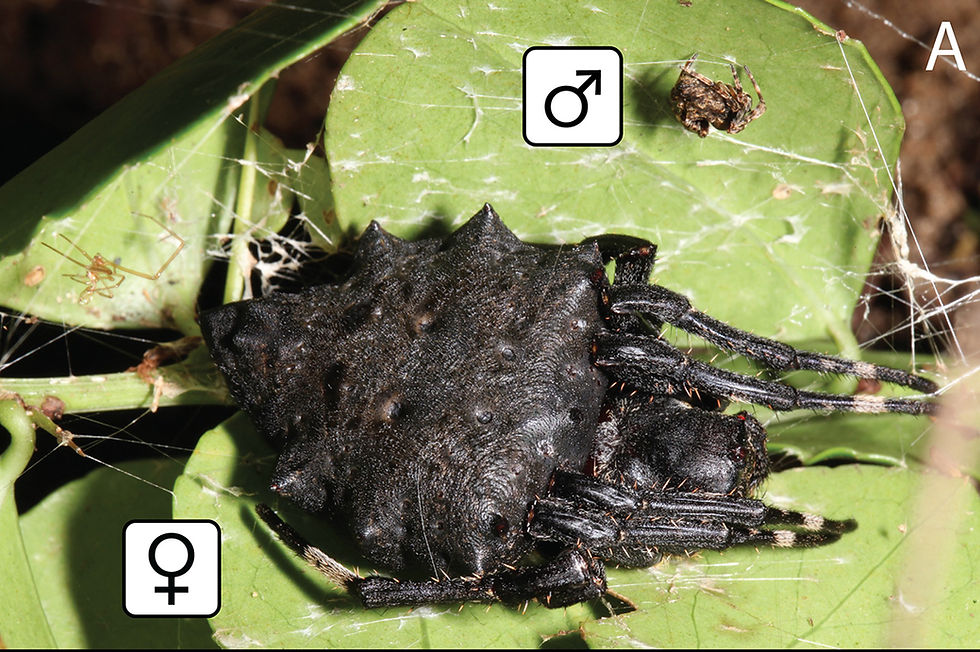Mating plugs: for mating or sperm protection
- Matjaž Gregorič
- Nov 29, 2023
- 1 min read
It is generally thought that mating plugs, where present, impede or reduce the possibilities of female subsequent mating. However, mating plugs in spiders could plausibly serve other functions as well. Namely, the structure of entelegyne spermathecae—the morphology of most spiders—could require a mechanism that would prevent sperm from leakage, desiccation, and backflow. Although the form and function of mating plugs in several spider species imply their potential adaptation for sperm protection, this function has never been empirically tested.
We test whether mating plugs in the sheet-web spider Neriene emphana serve as a sperm protective device. This species constructs secretion plugs through male-female cooperation. Additionally, we found sperm plugs to be formed as a side product of sperm transfer, as well as an intermediate type of secretion plugs. These plug materials are transferred in different mating stages as documented by variations in the rhythm of male palpal application during copulation. We showed that complete copulations always resulted in formation of secretion plugs at spermathecal entrances via laborious deposition of male materials.
While our findings do not reject that secretion plugs in N. emphana prevent females from subsequent mating, we suggest that they must have evolved to provide sperm protection.




Comments